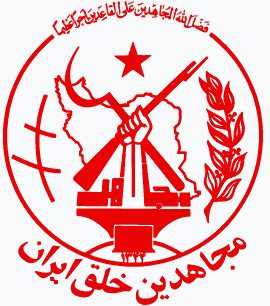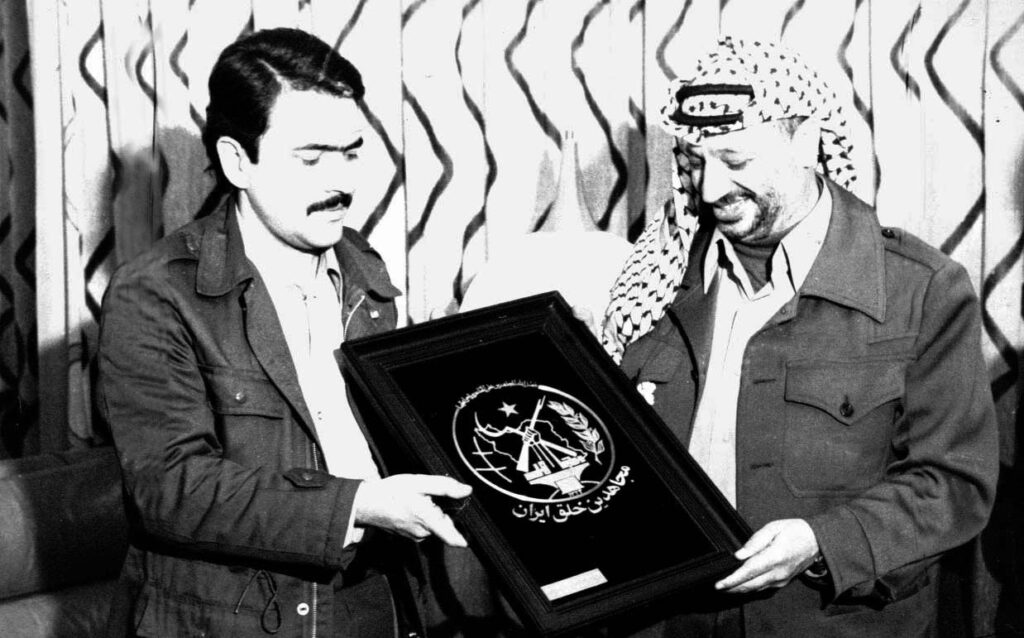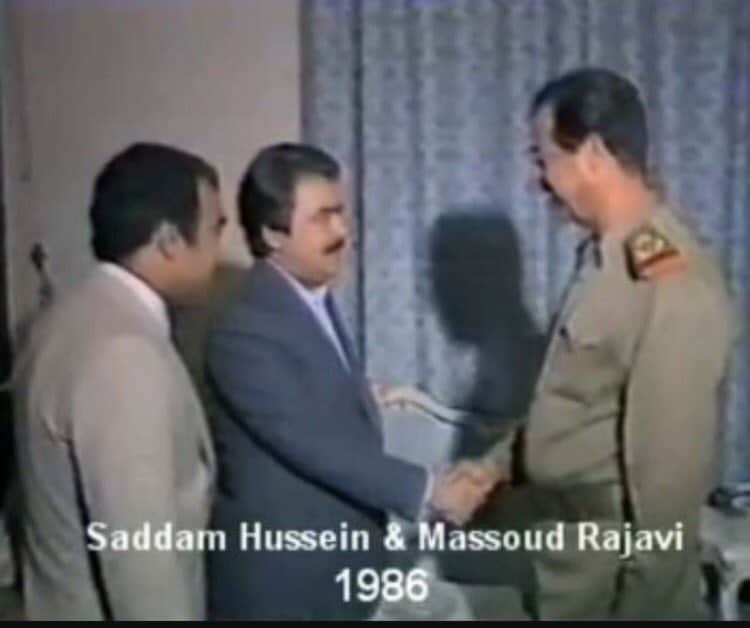
It is well-known that Iran is in the midst of a vast revolution. However, what is less known is the concurrent extensive conflict occurring among various exiled opposition groups. Notably, one such group, the Mojahedin, an organization with a long history of violence and terrorism, has subtly threatened me. Before I delve into this, it’s necessary to provide a brief historical context for readers.
The Islamic Revolution unfolded across Iran in 1979, led by Rohollah Khomeini and supported by all groups opposing the Shah and the Iranian monarchy. Following mass executions of the Shah’s supporters, Khomeini turned against his own supporters, refusing to share power.
Three major groups of opponents to the Islamic Republic of Iran exist in exile today: (1) Iranian monarchists advocating for a restored constitutional monarchy in Iran, (2) Iranian communists desiring a communist Iran, and (3) the Mojahedin, a Marxist-Islamic organization. This article will focus on the third group, the Mojahedin.
The Mojahedin
The Mojahedin, officially known as the “People’s Mojahedin Organization of Iran” (PMOI) or “Mojahedin-e Khalgh” (MEK) in Farsi, was founded in the 1970s to wage armed warfare against the imperial government. They conducted numerous terrorist attacks, killing civilians and Americans working in Iran.

With the establishment of the Islamic Republic, the MEK, under the leadership of Masoud Rajavi, continued supporting terrorism (Picture to the left: Masoud Rajavi and Yaser Arafat in Tehran after the victory of the Islamic revolution). After Khomeini’s refusal to share power, the MEK went into opposition and were eventually forced out of Iran. They sought refuge in Baghdad, Iraq, with Saddam Hussein, who armed the MEK and launched joint attacks against Iran. The MEK also aided Saddam in suppressing his opposition.

After Saddam’s downfall, the MEK was ousted from Iraq and currently resides in Tirana, Albania. Their current leader is Maryam Rajavi, Masoud Rajavi’s wife, who has self-appointed herself as Iran’s president-in-exile. Masoud Rajavi, missing since 2003, was considered a sort of “spiritual leader”. The MEK has remained silent about his disappearance.´ Interestingly, before marrying Masoud Rajavi in 1985, Maryam Rajavi was married to a high-ranking member of the MEK, Mehdi Abrishamchi. In an official ceremony, Abrichamchi handed over Maryam to Masoud.
The group’s history of violence and terror, their extensive support for Khomeini and Saddam, their cult-like behavior, and their unique blend of Marxism and Islamism have rendered them deeply unpopular among Iranians. The MEK’s reported involvement in torture, forced sterilization, and sexual abuse has further fueled widespread opposition..
The threat against me
On November 8, I posted a tweet in Farsi (see below).
“Many times I have heard people say, is there anything worse than the Islamic Republic? My countrymen, my sisters, my brothers… do not doubt that there is worse: Maryam Rajavi and the Mojahedin cult.”
بارها شنیدم که افرادی میگویند، مگر از #جمهوری_اسلامی هم چیزی بدتر هست؟
— Ardavan M. Khoshnood (اردوان م. خوشنود) (@ardavank) November 8, 2022
هم میهن من، خواهر من، برادر من… تردیدی نداشته باش که از ج.ا. هم بدتر هست: #مريم_رجوي و فرقه #مجاهدین. pic.twitter.com/LRC6bUiODP
A user with an anonymous Twitter account replied with a picture of me and an unsettling comment (translation below):
“Who pissed on this bastard from the Amar base?”
کی شاشیده رو این حرومزاده پایگاه عماری ؟ pic.twitter.com/2tOQ5plFgu
— ساوالان (@mansavalanam99) November 8, 2022
The Amar base or more correct, Ammar Cyber Headquarters, is an organization founded by the Islamic regime in Iran to, among other things, conduct cyber activities against the Iranian opposition.
So for so good. This is however when it gets very uncomfortable. One of the Mojahedin members living in Hamburg, Germany, writes the following (see below) in response to the previous tweet. Translation:
“He resembles to the executed Lajevardi. Even Lajevardi had a spot on his head, however, after being shot by the young hero.”
چقدر شبیه لاجوردی معدوم است اون لک هم رو سر لاجوردی بود البته بعد از شلیک اون جوان شیردل
— مسئول انجمن آزادی بیان هامبورگ (@FardinHH) November 8, 2022
The individual compared my birthmark to the bullet wound inflicted on Assadollah Lajevardi, a hard-line Islamist and former Mojahedin member turned prosecutor and head of the notorious Evin prison, who was assassinated by the Mojahedin in 1988. The insinuation is clear and alarming.
I’m sharing this for the first time to shed light on the challenging situation many exiled Iranians face. Not only are we threatened, murdered, and harassed by the Islamic Republic and its embassies abroad, but even segments of the fundamentalist opposition to the regime resort to similar methods.
As the situation in Iran intensifies, so too will these tensions. It appears the democratic opposition will be forced to fight on two fronts: against the regime in Iran and against the fundamentalist Mojahedin.
The header image depicts members of the Mojahedin in their base, where veiling is compulsory.
